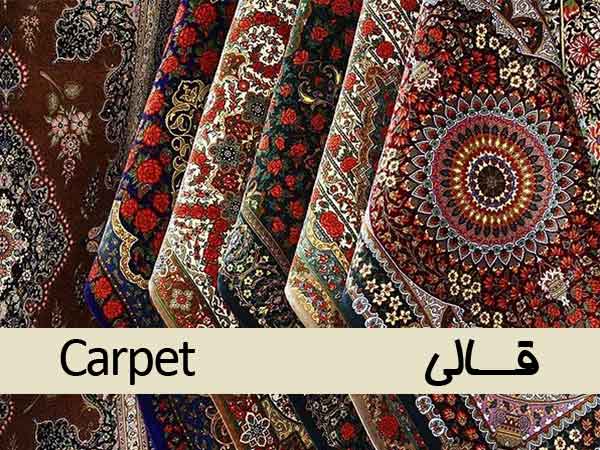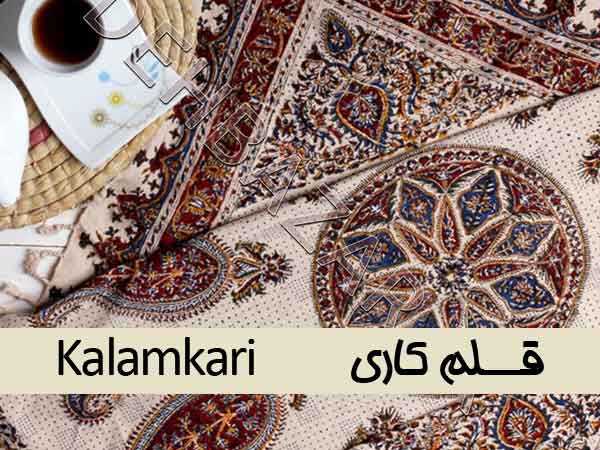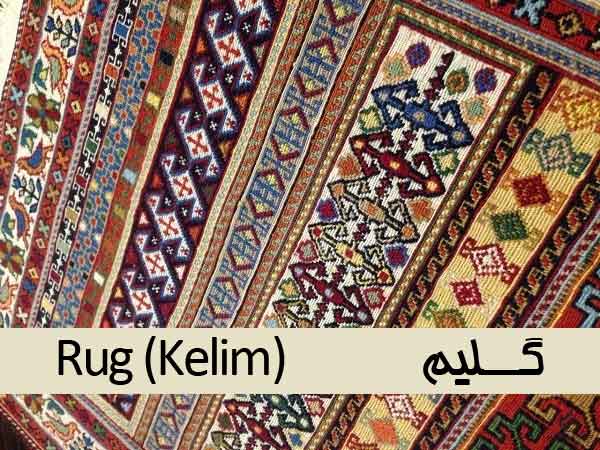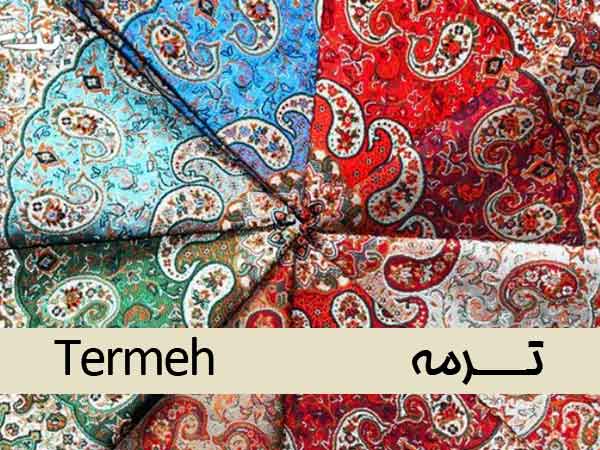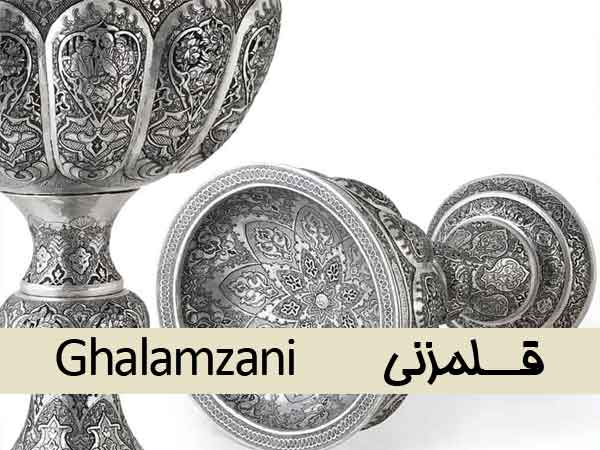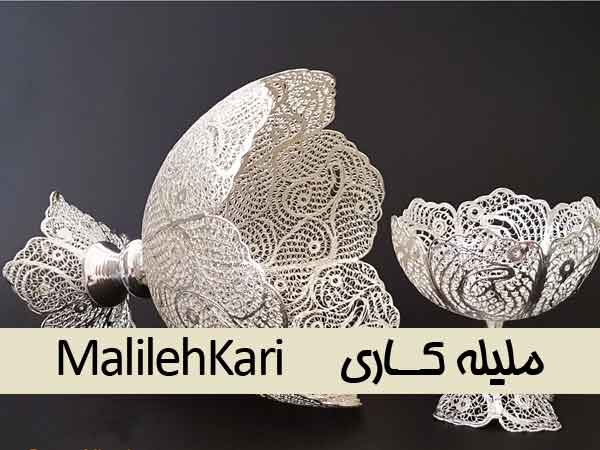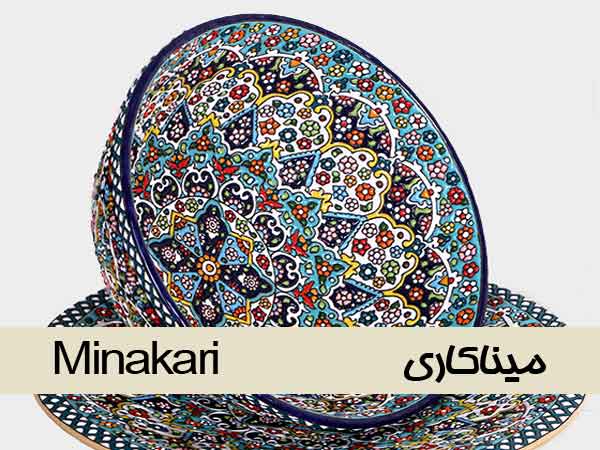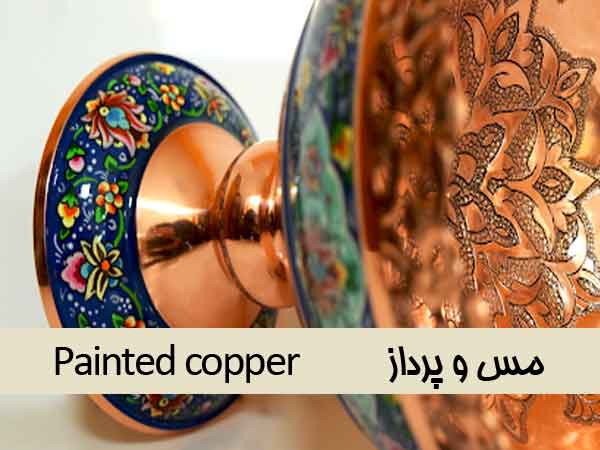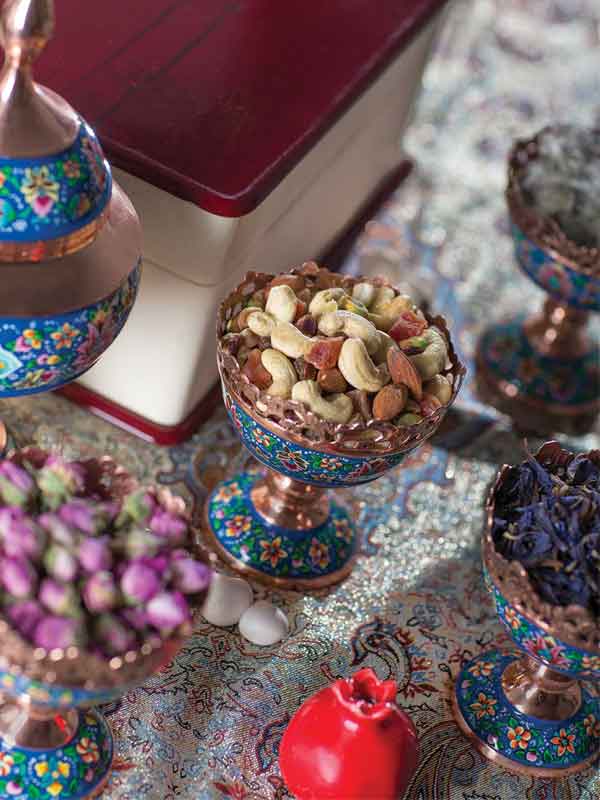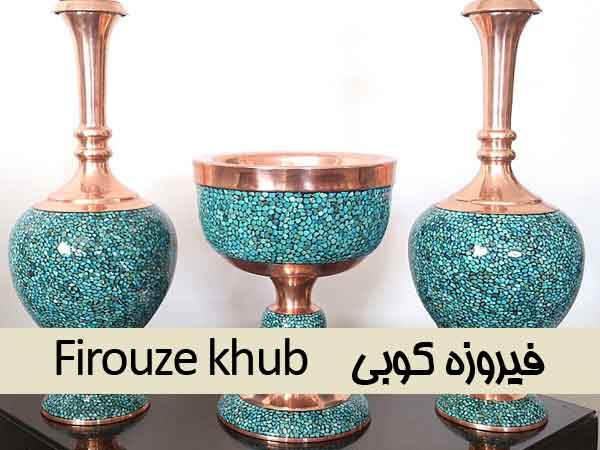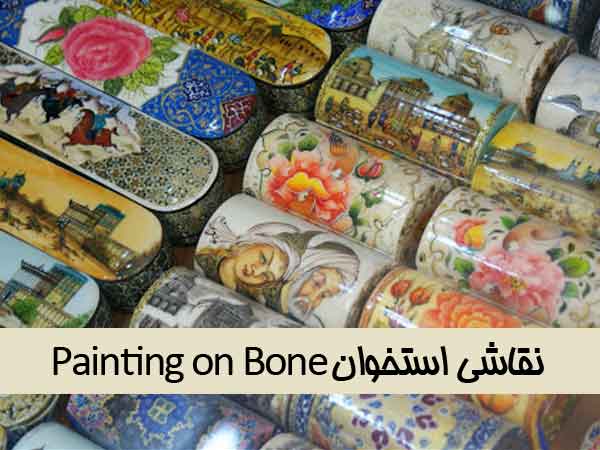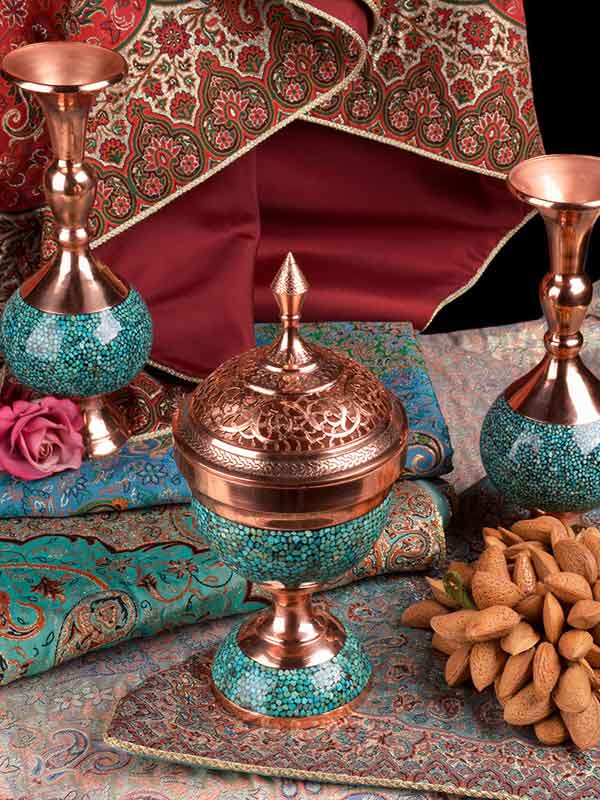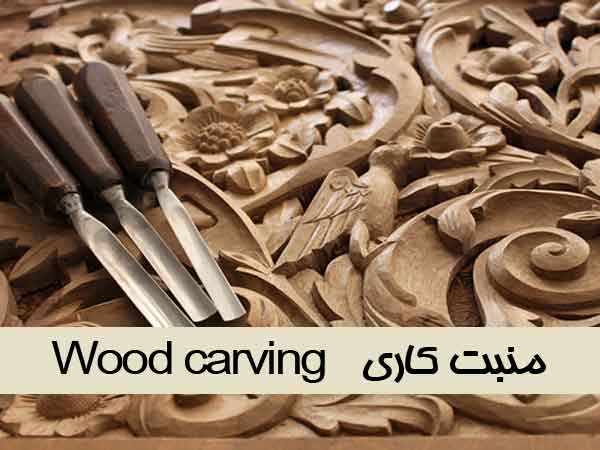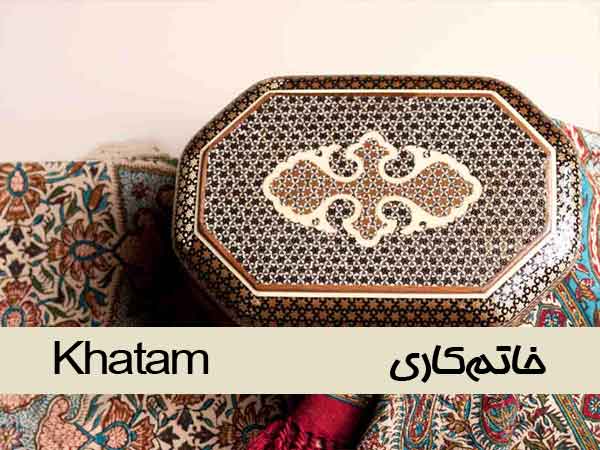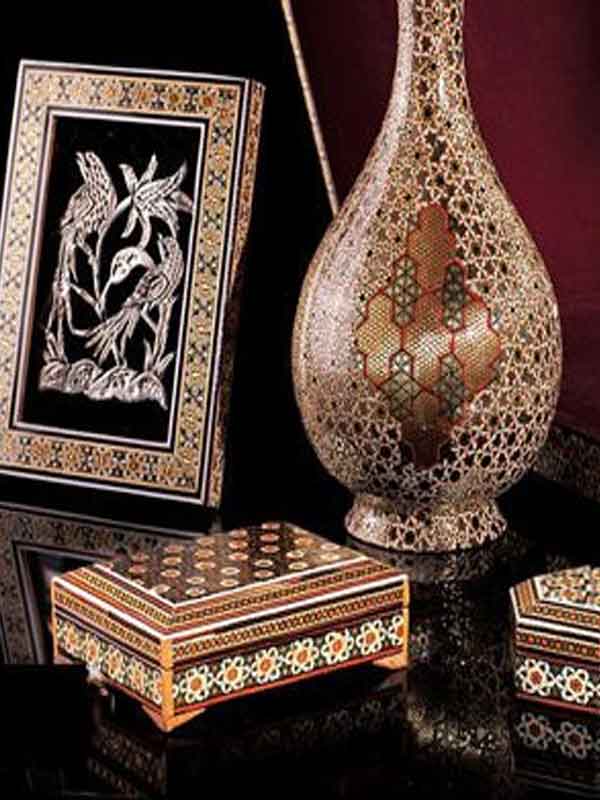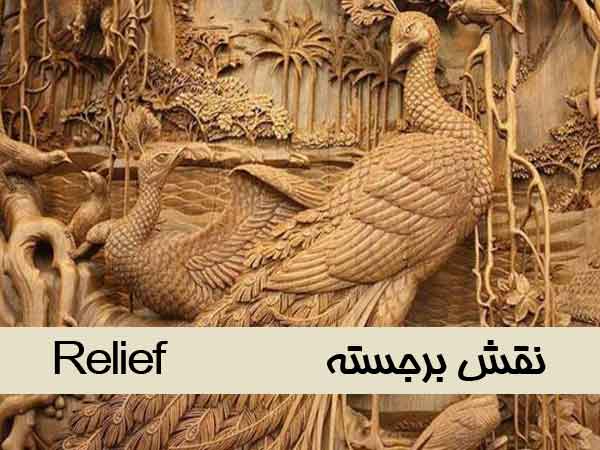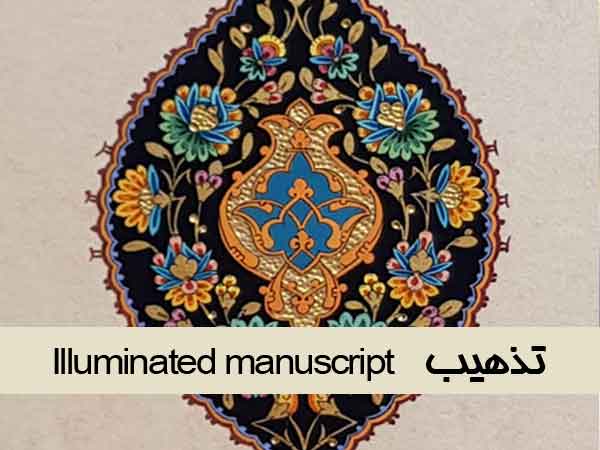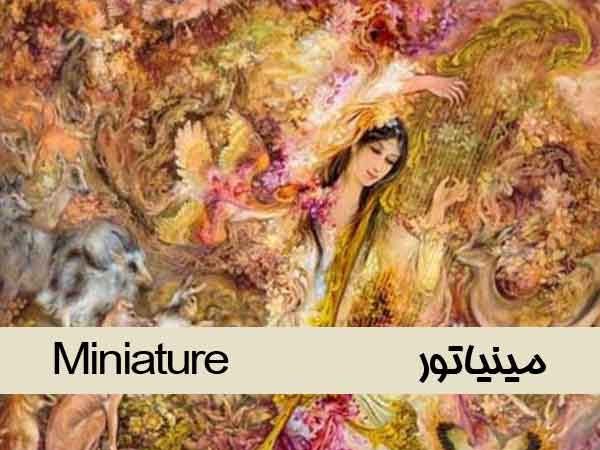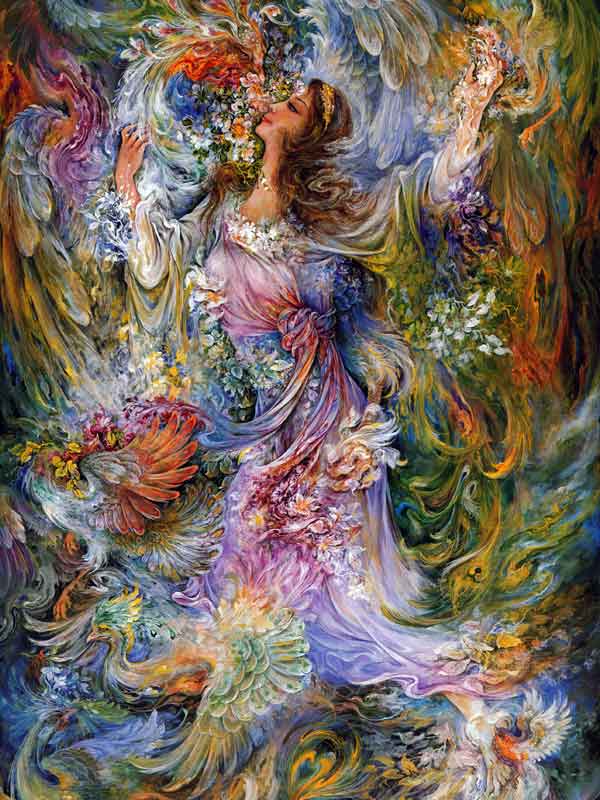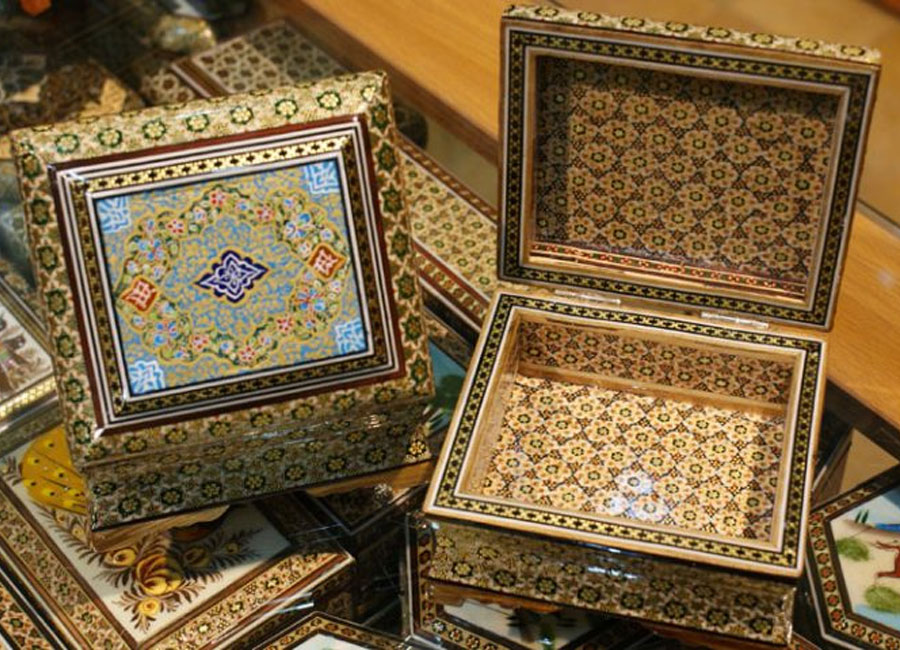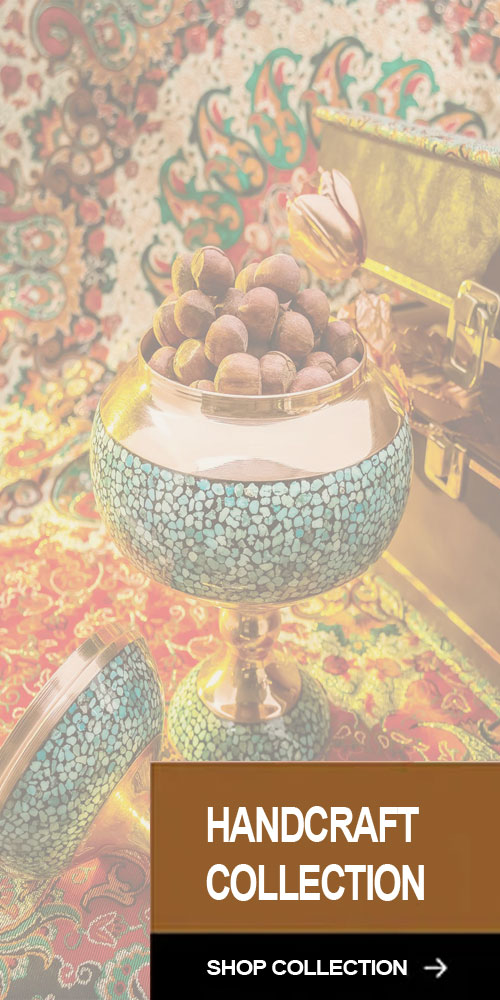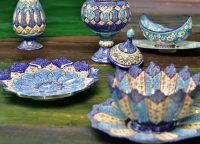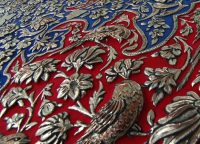Today we want to introduce you to one of the special Iranian arts! Khatam or Khatamkari is a native Iranian art that is more like a collage. Unless you make it out of bone, wood, wire and shell instead of paper and cloth.
From the 18th century until now, inlays have been glued with small triangles and made on the surface of decorative pieces. Before the 17th century, squares were used instead of triangles. However, after the Mongol invasion, the Iranians were introduced by the Chinese injection method, which was performed with three simple black and white triangles. This was the inspiration of Iranian artists, and they mixed everything they already knew with the Chinese method with their own method, leading to better works of art. Khatamkari is one of the Persian arts in Iran, in which the surface of wood and metal products is designed in various forms with wooden, bone and metal parts.
The materials used in these industries can be gold, silver, brass, aluminum and coiled. Different types of inlaid products and their quality are well known for their size and geometric design. In this art, smaller pieces are usually much more valuable.
These crafts include bronze patterns (generally stellar), with thin wood (ebony, teak, sagebrush, orange, rose), rice (for gold pieces) and camel bone (white parts). Ivory, gold or silver can also be used. These rods are assembled into triangular beams and assembled and glued to create a geometric concept such as a hexagonal star in a hexagon.
In some cases, the cylinders are cut into shorter cylinders and then pressed and dried in 1 mm cross-terminals between two wooden plates before being last cut. These sections are decorated on the body before the layers are covered, so that they can be covered and glued before covering the lacquer.
Transformers can also be softened by heating to be placed around objects. Many objects such as jewelry boxes, chessboards, pipes, tables, frames or musical instruments can be decorated in this way.
The design of a jewelry box is very precise. Each cubic centimeter of space holds up to about 250 pieces of metal, bone, ivory and wood. This art has existed in Iran for a long time.
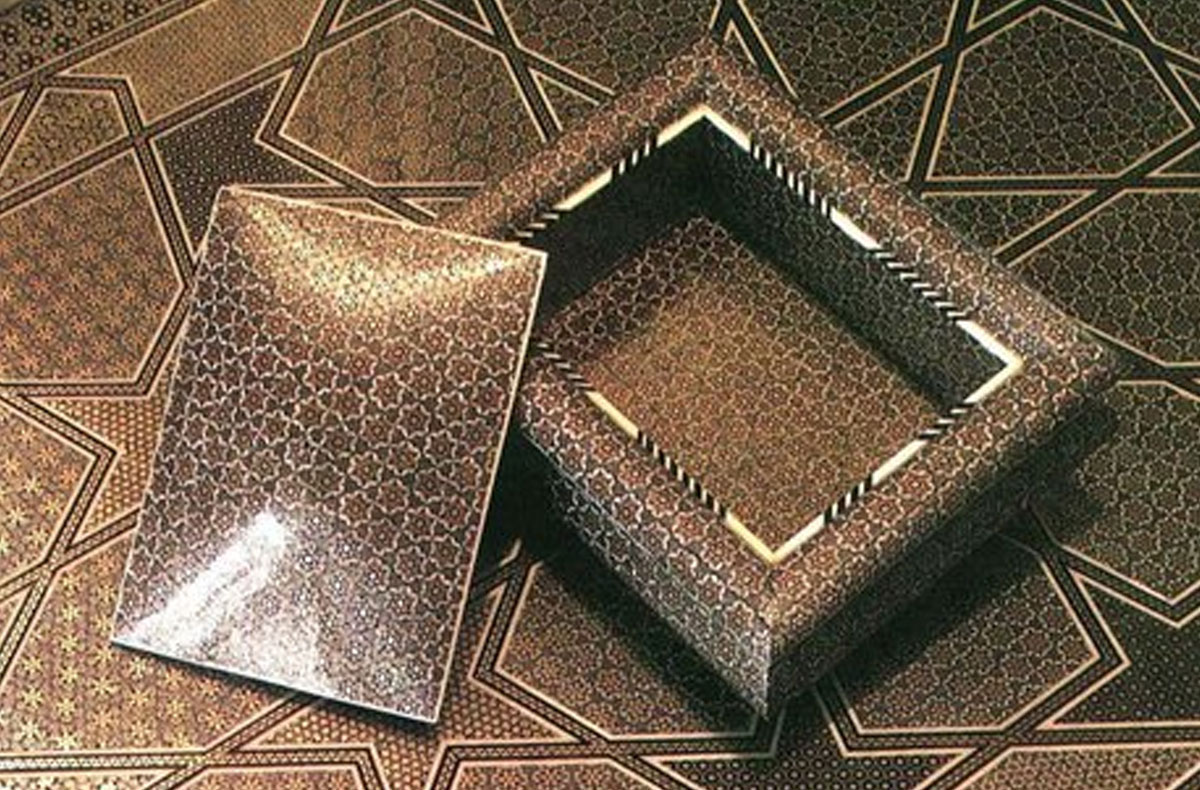
Decorative boxes were of special importance during the Safavid period, as artists used this art on doors, windows, mirror frames, Quran boxes, pens and pencils, lanterns and tombs.
The decorations of the doors of the holy places are mainly composed of decorative paintings. These examples can be seen in the cities of Mashhad, Qom, Shiraz and Rey. During the Safavid period, the art of vases flourished in the southern cities of Iran, especially in Isfahan, Shiraz and Kerman.
An equipped table, one of the definitive masterpieces of this art, recently won first prize and a gold medal at an art exhibition in Brussels. This table is now housed in the National Museum of Washington. Also, in some royal buildings, doors and various items have been built, and the rooms decorated with the decorations of Saadabad and the Marble Palace in Tehran are among the masterpieces of this art. During the Safavid period, Khatamkaridar was very popular in the court, and princes learned this technique along with the art of music or painting.
In the 18th and 19th centuries, the establishment of art schools in Tehran, Isfahan and Shiraz during the reign of Reza Shah was greatly reduced. These techniques, using Chinese technologies and improving them with Persian skills, have lasted for more than 700 years and are still practiced in Shiraz and Isfahan.
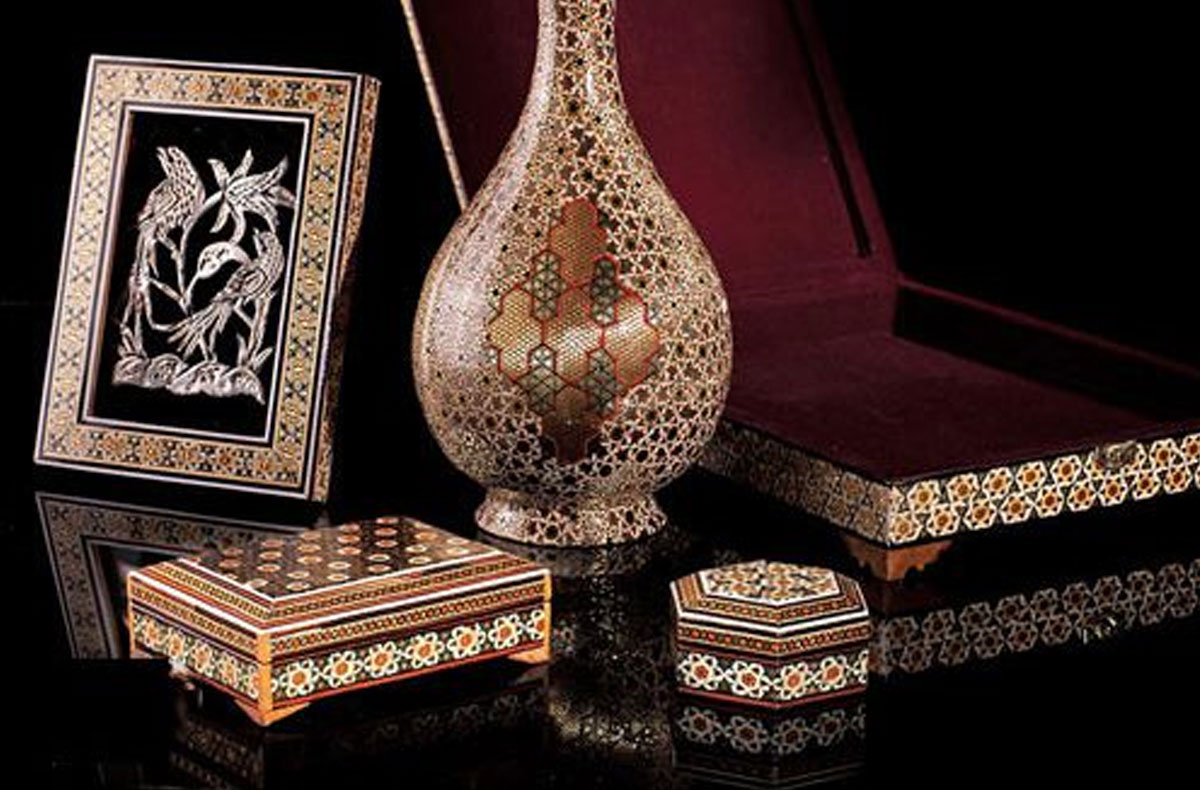
Currently, this art is performed in Isfahan, Shiraz and Tehran. Master of Decoration, while maintaining its artistic tradition, has brought great innovations in this beautiful art.
Working with wood is one of the prominent Iranian arts and requires artistic skills. In this work, wood, ivory or bone in simple or complex shapes are used for finishing.
Excellent examples of this art can be found in mosques, palaces and historic buildings. Some Iranian works are preserved in museums inside or outside the country. In this art, images of leaves, flowers, birds and animals are predominant.
Lattice, which later became a stunning art, is made by handicrafts. Old Iranian doors and windows are famous for their beauty.
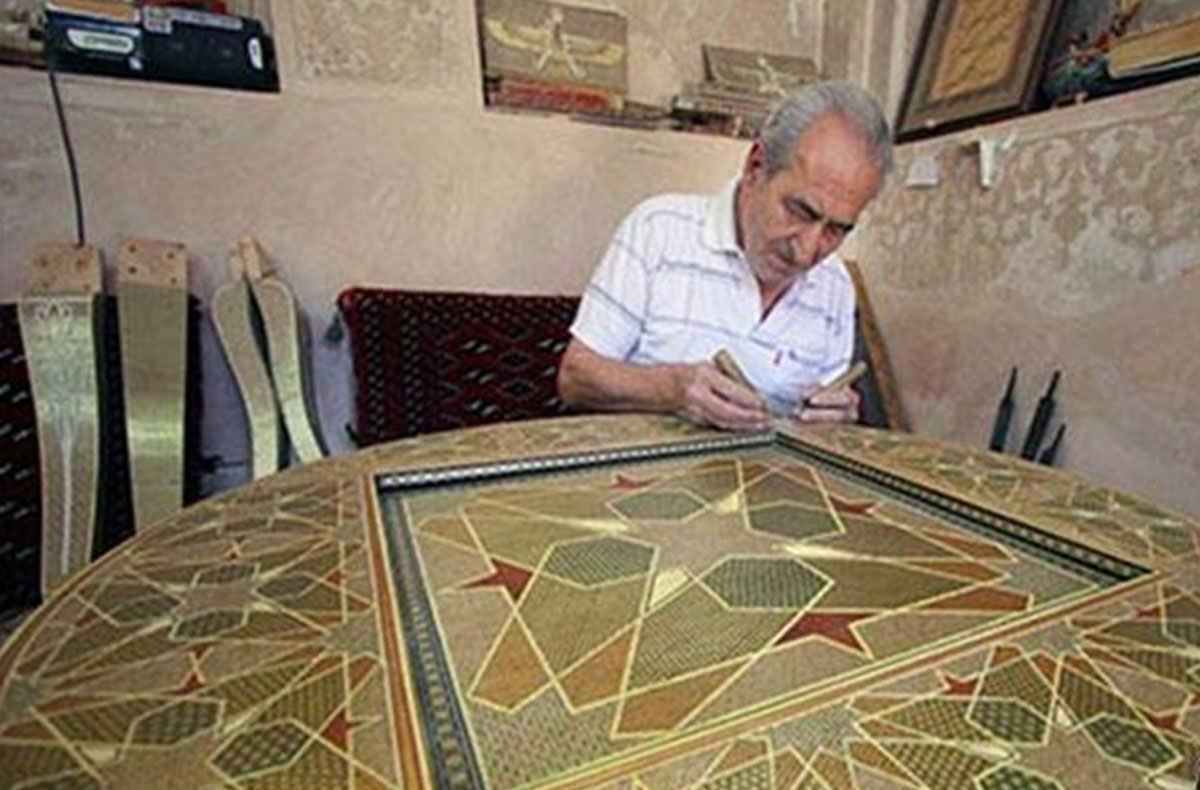
Khatamkari is part of Iran’s artistic heritage. Formal support from all people can help preserve this heritage for future generations. It is not clear when and where Khatam-making was created, but it can be argued that when the hands of the Iranian artist became acquainted with Khatam, he changed it to such an extent that today few people consider this art to be a non-Iranian art. The use of Khatam dates back to pre-Islamic times in Iran. In the early centuries of Islam, there was a kind of decorative surface art or simple inlay in Iran, which today is called square inlay. Instead of triangles, the components of this inlay are square, rectangular, rectangular and rhombic pieces. This method of construction continued for centuries after the advent of Khatam of the modern type, and one of the oldest examples is part of the roof of the old Grand Mosque of Shiraz, which is decorated with the method of Khatambandi.
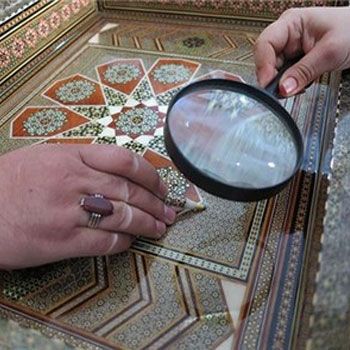
Before the Mongol invasion, another decorative art, now called stamping, was popular, which may have been a good platform for the emergence of a new type of inlay in later periods, especially during the period of Mongol domination of this country. Wood, bone and metal are used in this art and its executive designs are mainly geometric, star and sometimes feathered palm designs. The method of work, materials and maps used in it can be considered as the introduction of a kind of Khatam mosaic in the patriarchal and Timurid period.
Inlaying is actually the art of decorating the surface of wooden objects in a way similar to a mosaic with small triangles, and the more delicate these triangles are, and the more regular the designs and shapes that are created with these triangles, the better the inlay. Of course, the quality of raw materials used in the inlay also increases its value.
The history of the oldest existing example of Khatam does not go beyond the Safavid era. However, historical evidence confirms the existence of the art of inlay making, which was commonly named in the Safavid period, during the reign of the Jalayrians.
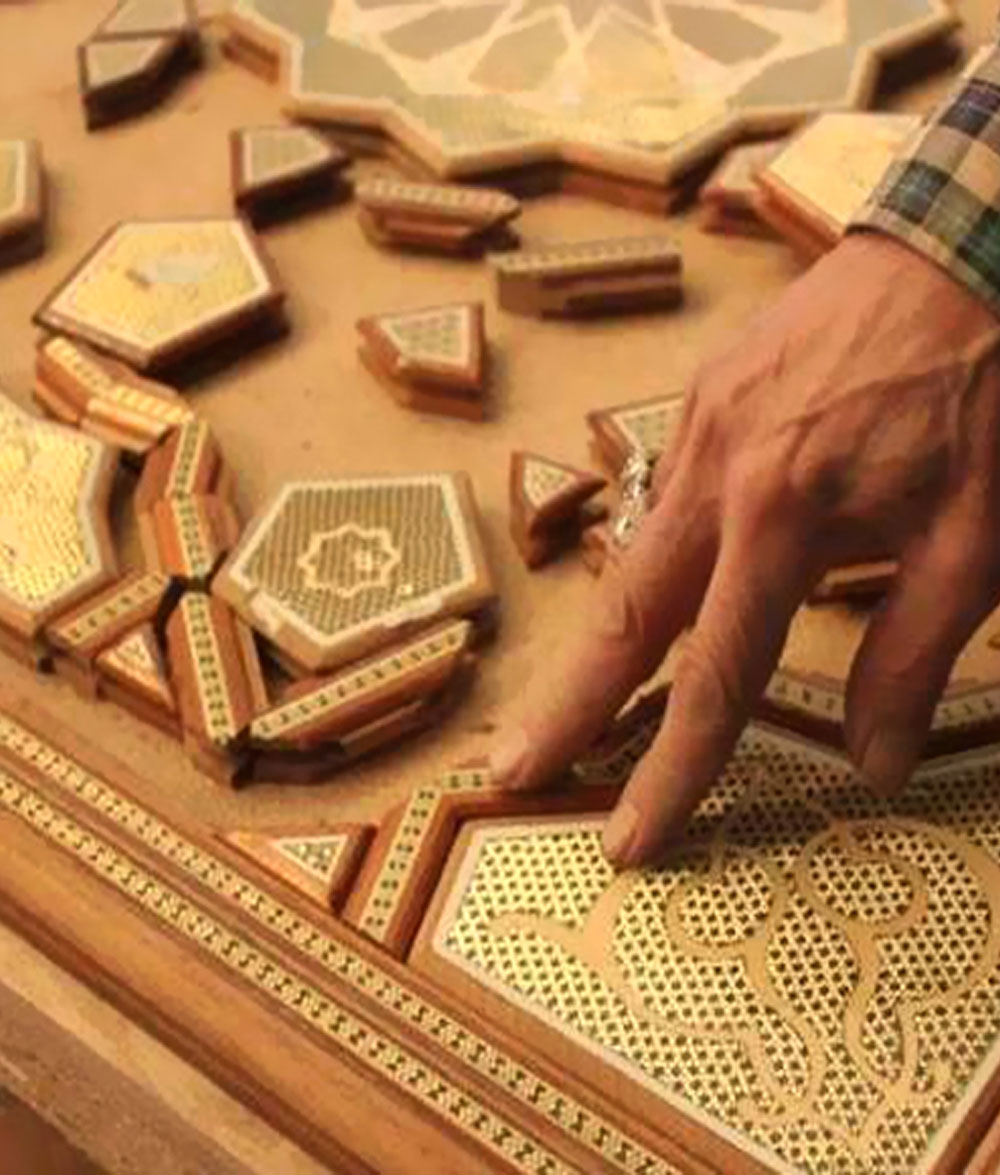
The most important motifs of Khatam border are:
- Josimi
- Diamond
- Joey
- Leaf
The most important motifs used in Khatam’s text are:
- Arch
- In the green throat
- Sun-shaped feathers
- Gold world
- Double round cloud
- Six-wire armpit blade
- Khatam eight and four bergamot.
A variety of raw materials are used to produce inlay products, which is less common in other handicrafts. These materials include: wood types such as black and dark brown betel wood used in the edges of the inlay, red wood, ebony wood, orange wood, maple wood in brown color after cutting the inlaid triangles. They make the valley yellow or red with chemicals and synthetics, kikum wood is used to grind the triangles and the sides of the lungs, boxwood is natural yellow, Tabrizi or blue wood on the back of the inlay, in fact its lining is made of this wood. They are very soft and their color is white. They use jujube wood, which has somewhat replaced Baqam wood and has a reddish-brown color, which they turn into red with chemical and artificial colors. Walnut wood, which is colored with red colors. They chemically turn the valley black. In general, ebony sticks can be used for black triangles, betel for brown triangles, baqam and jujube for red and orange triangles, maple and boxwood for yellow colors.
In addition to wood, there are a variety of bones and ivory, such as elephant ivory (a natural white dye that is only used in some high-end finishes due to its high cost), and camel bone (which after being soaked in lime water for six months turns it completely white. They bring the valley or it is used as a natural white color or it was made green with chemicals), cow and horse bones (it is natural white color but with chemicals it is different colors such as green valley They are brought and are used more than camel bones due to their greater pigmentation). They also use a variety of metal wires such as brass wire (used for glossy yellow instead of gold but not sufficient color stability and strength), gold wire and silver wire (for glossy white), and sometimes aluminum.


